As part of the Continental ‘TechShow Around The World’ series, automated and autonomous mobility took center stage. Ashish Bhatia highlights the technology portfolio designed for this future.
The Continental ‘TechShow Around The World Theme’ progressed with a power-packed, exhaustive webinar. Under the theme, the company marked the ‘Autonomous Mobility Theme Day 2021’ with automated and autonomous mobility as the focal points of the discussions. The sessions highlighted the range and complexity of technical systems for automated and autonomous driving and deemed them huge. It was unanimously agreed that to accomplish the end objective, technology companies are required to plan a broad positioning as well as take a holistic approach. Continental claimed to partner with the stakeholders in driving forward the development of all manifestations of automated and autonomous driving to enable solutions to address the challenges of future mobility. The subjects of discussion were Artificial Intelligence (AI) enabled autonomous mobility, global AV regulation, automated driving for commercial vehicles, the road to driverless mobility, vision to perception, seamless mobility, LiDAR, and the Global AV regulation.
AI-enabled autonomous mobility
The session on AI-enabled autonomous mobility touched upon the state-of-the-art AI solutions on embedded hardware. AI-enabled mobility and autonomous driving technology are known to have come a long way over the past decades and progressing steadily towards the future. Driverless capabilities have enhanced mobility systems as per leading journals researching the subject and claim it to have reached new heights. It has been cited as a key development, one that is inclusive to the older and disabled community with an end objective to offers legitimate, and affordable smart transportation. The future of transportation also depends on the private sector-led initiatives on the front of offering new mobility services which will utilize autonomous vehicles.
Expected to contribute to the transformations of supply and demand, it is expected to influence the developments in traffic congestion and the reduction in emission levels globally. Stakeholders at apex bodies have been urged to gauge the impacts of driving automation, more so when automation attains an influx of demand. Balázs Lóránd Ph.D. Head of Location – AI Development Center Budapest and Regina Deák- Meszlényi Ph.D. Head of Deep Learning Methods explained the ingredients and challenges of AI-enabled autonomous mobility. They touched upon the complexity of environment perception, country-specific factors, high variability of traffic participants, and a few rare scenarios. If the software 1.0 approach resembles an ‘if-else flowchart driven algorithm, the 2.0 iteration entails feeding in real-world visuals for a solution with minimal lag. Weaved around machine learning and deep learning neural networks, the session highlighted the advancements reflecting in the increase of available computation.
To give a perspective of the in-house cluster, the deep thought platform comprises 53 Nvidia DGX servers, 448 NVIDIA Tesla V100 GPUs, seven tonnes of hardware, over 600 cables with a total length of three kilometers known to have been labeled, connected, and installed. The peak consumption of the entire GPU is said to be ~360 kWh. The cluster operates on a 100 Gbps network. The project can be set up in a time frame of seven months with an assembly time of two weeks. Efforts have been made to provide automotive-grade embedded hardware with a high compute capacity made available with the use of low power.
Global AV regulation
As per the Center For Strategic and International Studies (CSIS), for Autonomous Vehicle (AV) developers to remain competitive against other countries and at the same time uphold strong safety standards, countries like the United States, for instance, are required to update their regulatory frameworks with the requisite standards. With the innovation of self-driving cars said to be at an inflexion point, the need of the hour is to formulate current standards in a manner that facilitates innovation and does not impede the growth, safety, consumer acceptance, and economic potential of AVs. Data and liability issues are known to be crucial here for manufacturers to align. Heiner Hunold, Head of Regulatory Affairs, Continental, and Felix Hoffman, Manager Regulatory Affairs, Continental spoke of the Global AV Regulation and implications for the automotive industry.
The realization of autonomous driving on European roads will depend to a great extent on the United Nations. It is the draft laws that will regulate the industry, provide the legal framework, and create global standards. Playing an active role as part of the advisory body, Continental is doing its bit to make autonomous driving a reality. It entails fixing accountability, ensuring no one is harmed. Regulations in the field of autonomous driving are known to be handled by the Economic Commission for Europe, the UNECE. Constituting of the Inland Transport Committee (ITC) and the World Forum for Harmonization of Vehicle Regulations (WP) – including, among others, the Groupe Rapporteur de Automation (GRVA) working group, looking after automated/autonomous and connected vehicles and is known to report directly to the WP.29. It is the UNECE (WP.29) that draws up regulations for vehicle components and driving functions, known to be implemented by contracting states.
Admitting to facing difficulties in estimating worst-case scenarios owing to rising complexities of technologies and multi-layered traffic situations, Continental is engaged in refining ways of virtual testing for the future by means of software- and hardware-based simulations. In-use monitoring is expected to play an increasing role. In Germany, Bundestag and Bundesrat have signed a law that provides for type approval for the operation of level four vehicles spanning automated and autonomous driving vehicles.
It is claimed to have made Germany the first country in the world to adopt regulations known to be of a kind. It has aided suppliers to AV ensure safety compliance according to these uniform standards. The main technical principles include making vehicles capable of fulfilling the driving task independently and ensuring they reach a state of minimal risk. Technical supervision will be permitted via a radio link. Technical service will undertake regular inspections of the autonomous driving functions. Last but not the least, it must state the requirements of data recording. To sum it up, the principle of type approval guidelines for L4/L5 Vehicles must be based on a multi-pillar approach comprising of audit, virtual testing, track testing, real-world testing, and in-use monitoring.
Automated driving for commercial vehicles
It is well known how companies like Tesla, Uber, Cruise, and Waymo are riding on a future built around cars as mobile robots powered by smartphones. Autonomous trucks are also being looked at as a potential emerging segment. It is said to have steadily matured to commercial deployment with experts closely monitoring the impact on the transportation of goods. Here companies like TuSimple are leveraging both technology and strategic partnerships. Autonomous trucks entail driving without human intervention from pickup to delivery.
Like autonomous cars, these trucks rely on cameras, lidars, and radars. The gathered data is fed back into a computer, in turn, known to control the vehicle using AI. Reckoned to be an easier development compared to passenger cars, trucks especially long-haul tractor-trailers are known to ply on fixed routes that are easier to plan. Notably, the larger size of trucks is said to facilitate additional power carrying capability over passenger cars. It is also known to provide an improved field of view for sensors, mounted higher, due to the higher ground clearances in these vehicles.
The road to driverless mobility
Continental is known to have built a demo vehicle to enable driverless mobility, especially in cities. It recently revealed a vehicle, named Continental Urban mobility Experience (CUbE) is expected to start its trials at Continental’s Frankfurt location. To ply in a city terrain, the vehicle is claimed to be capable of navigating street signs, cross-traffic, pedestrian crossings, and curbs providing optimum conditions for such a complex and real-world route. The vehicle technology is said to have been based on the driver assistance systems and sensors installed in serial production vehicles. It also includes new technologies like the laser sensor is known to aid in autonomous travel.
Vision to perception
Automated driving requires the vehicle to perceive and evaluate its surrounding. It requires the building of a comprehensive environment model. To build such a comprehensive environment model, there is a need to feed data inputs from five information clusters. Traffic participants, static environment, traffic control information, robust lane information as well as the current and precise position of the vehicle constitute the clusters. Sensors play a key role here including cameras, radars, high flash lidar and surround-view cameras. The sensors are designed to recognise and interpret the environment differently in customised and unique approaches. The fusion of this data is said to sharpen the view and is considered to be the key to providing a consistent view of the surrounding. It is this view that will decide the quality of reaction from the vehicle.
Continental’s portfolio of automated driving spans partly automated driving (SAE L2), L2 performance, L2 premium and Highly Automated Driving (HAD) (SAE L3/L4). It has delivered over 100 million units of radars, cameras, lidars and AD control units between 2017-19 as a testimony of the company being a full-stack provider. Catering to 25 OEMs, the company offers in excess of 300 models. Stress was laid on the need to formulate complementary sensor technology and fusion driving policy to tackle ground obstacles, complicated lighting, lateral entry of vehicles, complex/dense traffic, pedestrians and adverse weather.
Seamless mobility
Individual mobility has been challenged on several fronts. With 1.3 million people known to die every year in traffic crashes globally, addressing safety issues will be key. An estimated 1.2 billion people are known to spend in excess of 50 minutes a day in their vehicles majorly in traffic jams. It is predicted that smart, electrically powered and shared traffic concepts would contribute to the reduction of traffic density. Beyond the urban metros, enhanced accessibility of transportation will benefit rural areas. The idea is to bridge the accessibility void with the big cities. It is expected that future mobility has to adapt to the individual needs of humans, where seamless interaction of different mobility offerings and concepts is considered to be a good starting point.
Seamless mobility is aimed at making trips safe, easy, and environment-friendly for each road user. By making the travel time stress-free, the gained advantage is expected to be put to good use. Continental is known to have invested in establishing its supercomputer dedicated to AI. It is banking on the automotive industry’s best computing performance. Based out of a Frankfurt data center, it is accessible by locations worldwide. The Continental Intelligent Intersection concept is claimed to be an end-to-end solution comprising a complete sensor set for an intersection. The sensor fusion algorithms generate the environment model.
Attention was drawn to the technology capable of detecting road users within a 360-degree perimeter of intersections which is communicated with precise position and movement parameters of the objects to all approaching vehicles equipped with the V2X technology. In the case of valet parking, for instance, the driver is known to leave the car at a transfer point in front of the parking garage. Once he activates Valet Parking, the vehicle can drive through the barrier automatically and find free parking spaces and parks. The car returns to the transfer point automatically at the click of a button on the mobile phone.
LiDAR
Continental’s High-Resolution 3D Flash LIDAR™ (HFL) with 3D Global Shutter™ is known to enable advanced machine vision It is known to address application areas in automotive, commercial vehicles, agriculture, construction, mining, UAV delivery. The solid-state design brings along contiguous pixels that offer to make data gaps redundant. A high-vertical and horizontal resolution, co-registered range and intensity, up to 30 Hz operation, low-intensity return (10%) capture, 3D Global Shutter™, single-pulse laser “Full Frame Scene”, degraded visual environments (rain, dust, smoke, sun, fog), blockage detection, integrated heater, optional washing system, auto-alignment, continuous sample mode and ASIL B (Functional Safety) are among the benefits on offer. Besides the company also offers short-range LiDar targeting urban, traffic jams, robotaxis, people movers. Through the Long-range LiDAR where the company has partnered with Aeye, the company offers a MEMS scanning LiDAR aimed at highway applications. The ADAS camera solutions look at offering a 360-degree view. It includes front, side and rear satellite cameras besides cameras for the surround view. The 4D imaging radar ARS540 helps gauge the road edge without a stone or guard rail. It provides an elevated view of objects and bridges an outcome of the knowledge pool gathered on eliminating multipath reflections in azimuth and elevation. The next-generation radars are claimed to increase performance and at the same time offer lower costs and complexity. Ready for the future, the company in 20205, will deliver complete L3/L4 system solutions below Euro 5000. ACI








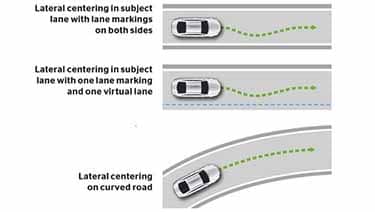

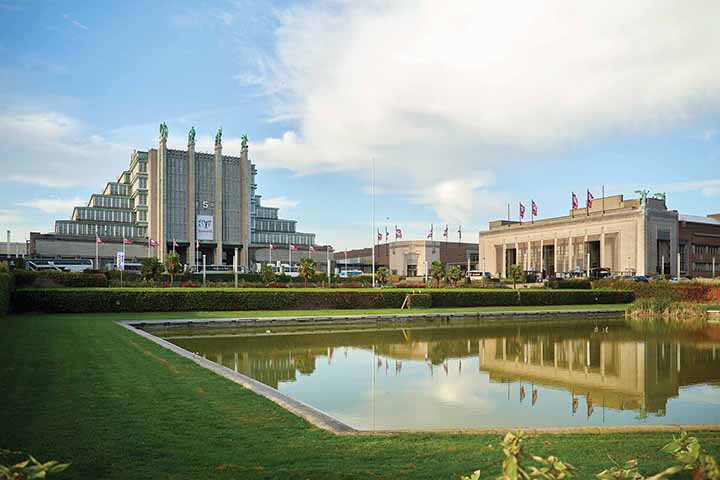
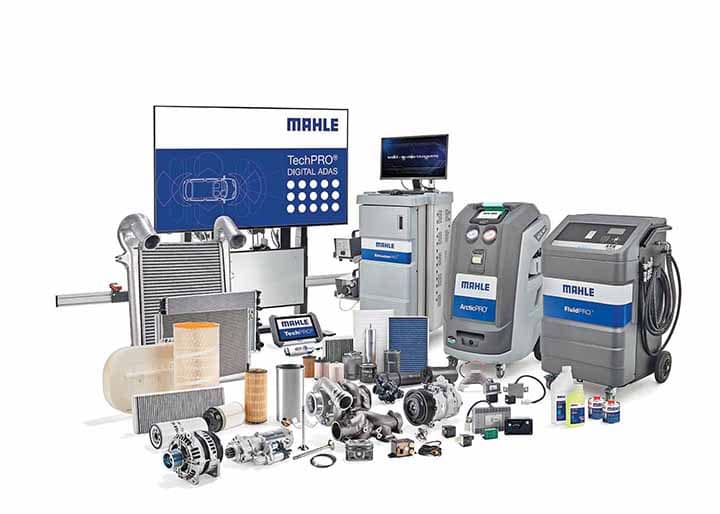

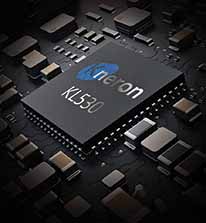

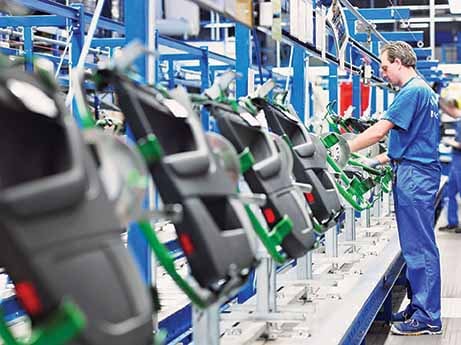
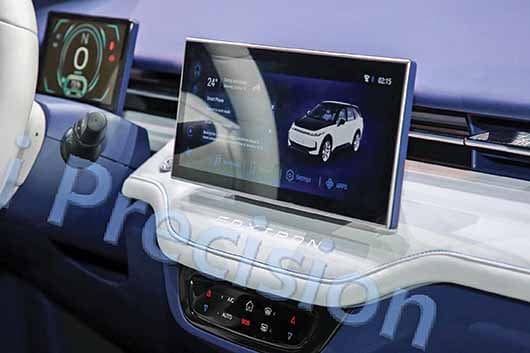
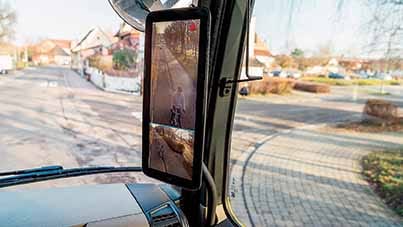
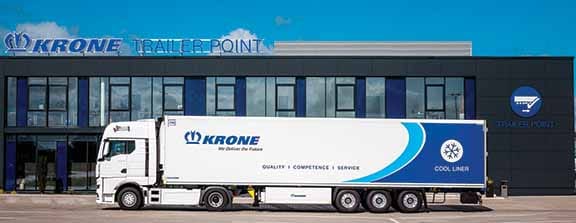

Leave a Reply